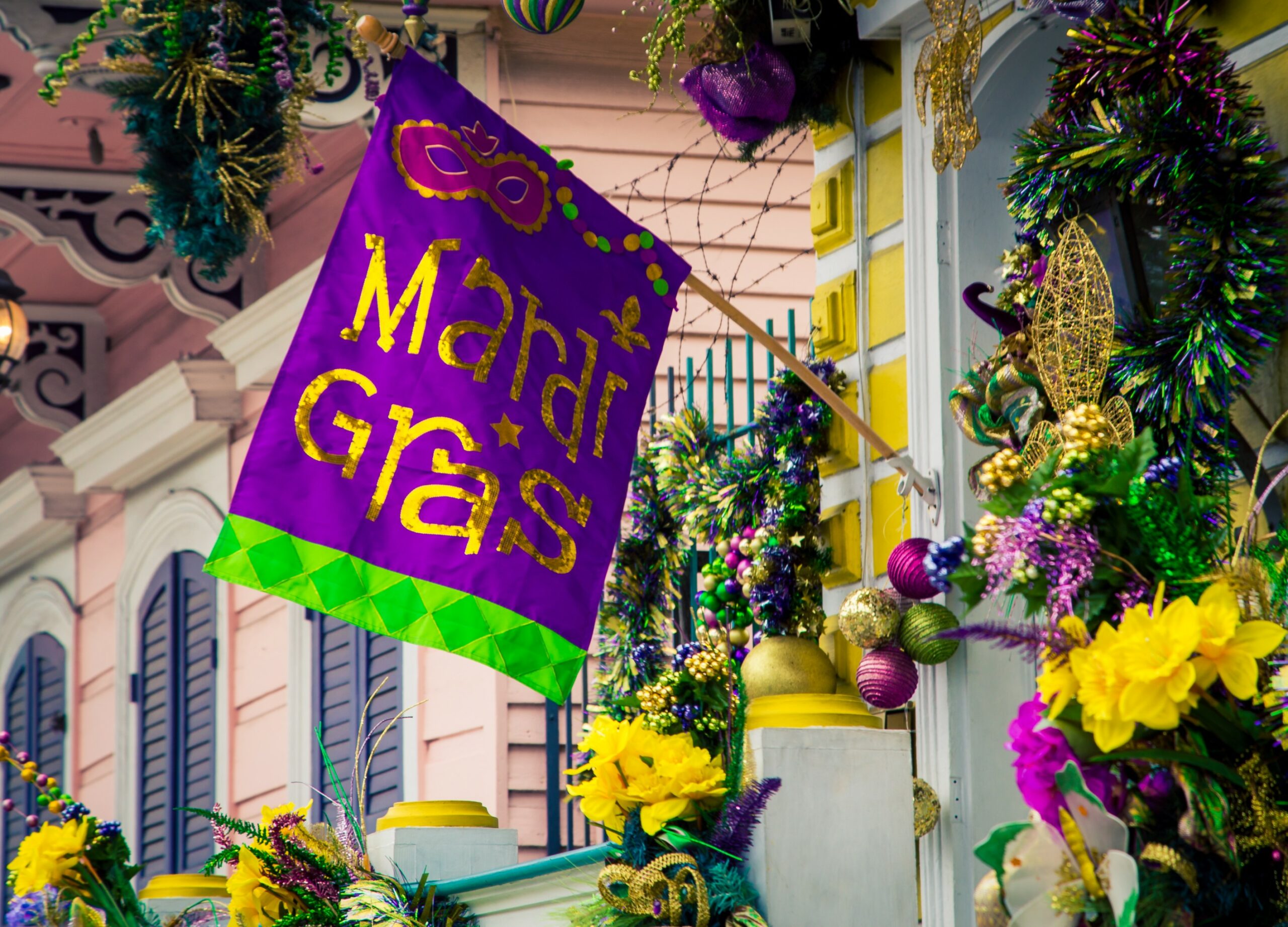A
A
A
Mardi Gras and Fat Tuesday aren’t just about eating all sorts of amazing good, dancing in the streets, and throwing beads. Fat Tuesday has a rich history that dates back generations. Grab your beads because you’re in for a ride.
One Technical Day
The actual day of Mardi Gras is one day. The parties last a lot longer than one day. The history of eating like kings and partying all day goes all the way back to pagan times. This time was a signal to the start of the spring equinox and fertility rites. Then Christianity emerged as the new faith, and those pagan rituals were thrown out the door. We’ve got an in-depth look into these beliefs.
Ancient Roman History
Read More »
The ancient Romans celebrated the harvest season with all kinds of parties. When Christianity came to Rome, these traditions were merged into this new faith. This wild time of celebration was the last time to party hard before Lenten season.
According to historians, festivities resembling Mardi Gras go back thousands of years to ancient Roman festivals celebrating the harvest season. After Christianity arrived in Rome, old traditions were incorporated into the new faith and debauchery became a prelude to the Lenten season. This new faith of Christianity soon started to spread all over Europe. New traditions were started as they celebrated in their own way. One Roman tradition that came to life at this time was the Mardi Gras’ king cake. This special cake was served during Saturnalia celebrating the god of agriculture. They baked beans into the king cake.
Party Like You’ve Never Partied Before
There are many different religions that specify periods of time where they fast and meditate. Ramadan is for the Muslims, Yom Kippur is for the Jews and Lent is for the Christians. Mardi Gras is the signal to party hard eating and drinking in excess before you reach Ash Wednesday. After the start of Lent on Ash Wednesday, you’re to settle down into prayer and good behavior. This lasts for 40 days that lead up to Easter Sunday.
Shrove Tuesday
This celebration is also called Shrove Tuesday. Some people even call it Pancake Day. The US calls it Fat Tuesday because it’s all about the French and Roman Catholicism. The original location for Mardi Gras is Mobile, Alabama, where many descendants of French settlers came to be Roman Catholics. Anglicans and Lutherans also celebrate Shrove Tuesday.
Let Them Eat
Mardi Gras isn’t about dieting. Fat Tuesday is stuffed with great food. Most people serve beignets, po’ boys, jambalaya, gumbo, and muffulettas. The one thing you’ll always get is king cake. Many Christians refer to King’s Day when the Magi brought presents to Baby Jesus. This cake is prepared with a tiny, plastic baby. It is said to represent Baby Jesus. The person that finds the baby (just like in history when the person found the beans) is king for the day or has good luck. The “king” is the host of the next party and they have to bring their own king cake to the party.
The Beads
Most people think you need to show some skin to get some beads, but they might be wrong. New Orleans’ oldest social club, Rex Crewe, started the parade throws in the 1920s. Their colors were green and gold. They started throwing necklaces then went to coins. The trend for nudity didn’t start until late in the 20th century.
Mardi Gras and Fat Tuesday parties are becoming a tradition for millions of people all over the globe. Many Catholics observe these days as their last days before fasting and abstinence. Other people just love to celebrate the wild times. It’s a day to have a good time with other people, eat good food, dance in the streets, and enjoy life.






